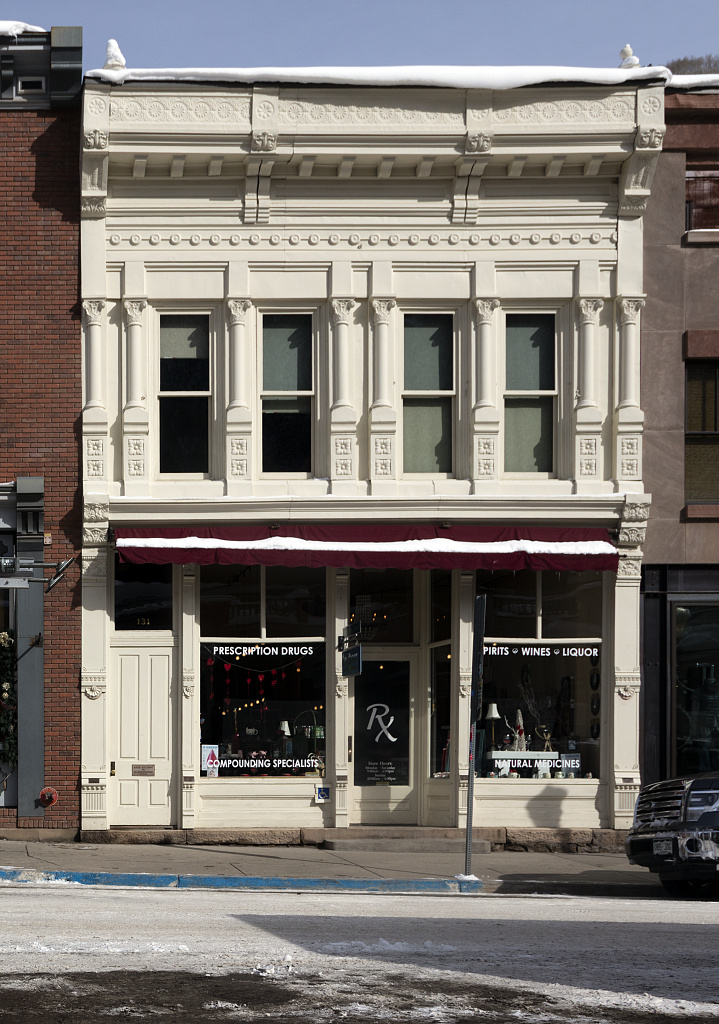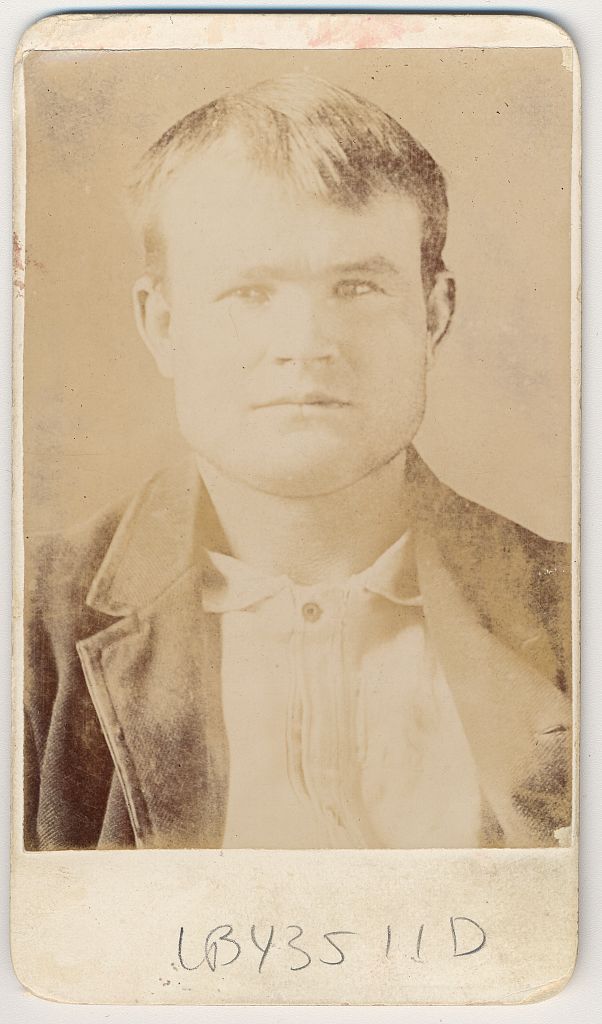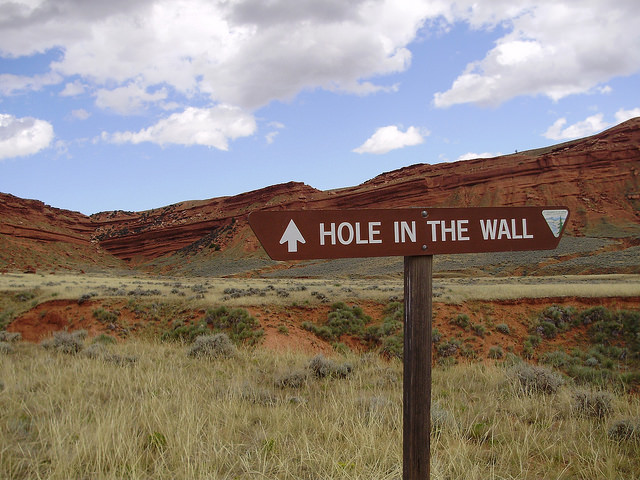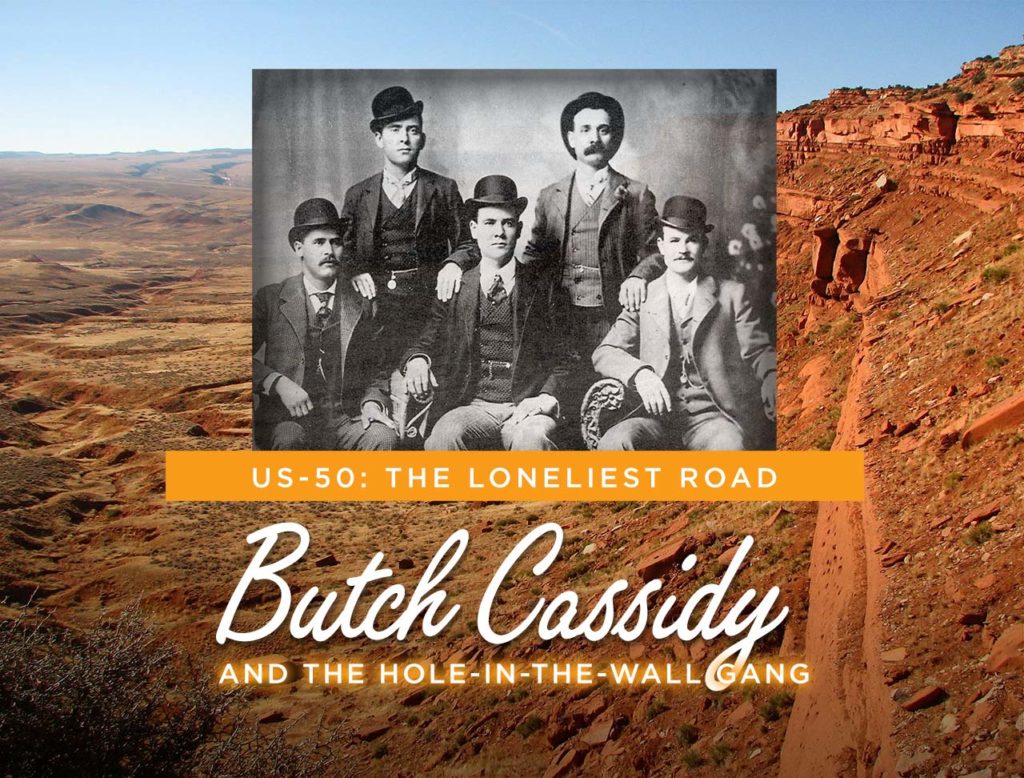Butch Cassidy and the Hole-in-the-Wall Gang
Long before Paul Newman played him alongside Robert Redford’s Sundance Kid, Butch Cassidy was one of the great outlaw legends of the Wild West. Thanks to his habit of sharing the proceeds from his crimes with the widows and children of men killed or ruined by bankers and cattle barons, Butch Cassidy earned a reputation as the Robin Hood of the Wild West. That, plus the fact that he never killed anyone while committing his crimes, gained him popularity and admiration from the cowboys, miners, and homesteading pioneers among whom he worked his trade.
Born Robert Leroy Parker to a family of Mormon farmers in Beaver, Utah, on Friday the 13th of April, 1866, the man who came to be known as Butch Cassidy spent his youth as a ranch hand in Utah, Colorado, and southern Wyoming. The first major crime attributed to Butch Cassidy is the robbery of a bank in Telluride, Colorado, in 1889, which netted him and his three accomplices some $20,000.

From 1894 to 1896 he was imprisoned in Wyoming for cattle theft, and following this he joined up with Harry Longabaugh (a.k.a. The Sundance Kid) and the rest of the gang. Together they robbed over a dozen banks, trains, and stagecoaches throughout the West, netting an estimated $350,000 in five years.
One of their many daring heists was the daylight robbery of a coal-mining company in Castle Gate, Utah, in April 1897; while the payroll was being taken from a train, Butch simply grabbed the satchel and rode off in a cloud of dust, $9,000 richer.
According to many sources, Butch and Sundance died in 1908, in a shoot-out in South America (as depicted in the 1969 movie Butch Cassidy and the Sundance Kid). But some people (including his sister, who lived until the 1970s) say that Butch survived to a ripe old age, living in Spokane, Washington, under the name William T. Phillips until his death in 1937.

Butch Cassidy Related Sights

The American West is brimming with sights related to Butch Cassidy and the Hole-in-the-Wall Gang. Here are a few you might want to mark on your map.
Utah’s National Parks
If you’re a fan of the 1969 film, Zion National Park served as its stunning backdrop. Just south of Zion, the nearby ghost town of Grafton was another key filming location and has several well-preserved buildings still standing today. Zion is a significant detour from a road trip along the Loneliest Road, so if you want to stick to the route, stop by Arches National Parks and consider a hike to the Cassidy Arch.
Castle Gate, Utah – Western Mining & Railroad Museum
If you’re traveling the Loneliest Road through Utah, stop in at the excellent Western Mining & Railroad Museum in Castle Gate. In addition to the history of the region’s railroading, coal mining, and immigrant cultures, the museum is home to a display recounting the Hole-in-the-Wall Gang’s exploits. They rustled cattle throughout the area and hid out in the surrounding hills.
Cody, Wyoming – Old Trail Town
Old Trail Town in Cody is a collection of historic old buildings moved from elsewhere in Wyoming and Montana. It includes one of the log cabins from Hole-in-the-Wall country that Butch and the gang made use of. If you’d rather head outdoors and follow Butch’s trail to the remote pass known as Hole-in-the-Wall, look towards northern Wyoming’s Johnson County where the Bureau of Land Management maintains a foot trail.













